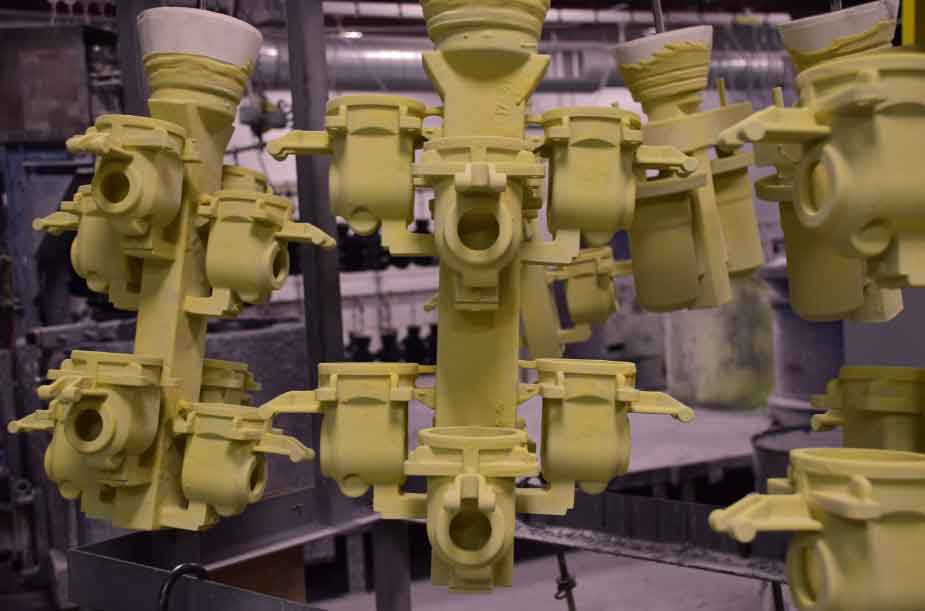Investment casting is known for its ability to balance cost-effectiveness and superior quality, making it a popular choice in various industries. Here’s how investment casting achieves this balance:

- Material Efficiency: Investment casting maximizes material efficiency by minimizing material waste. The process starts with a wax pattern that is used to create the mold, which is then filled with molten metal. The mold captures intricate details, allowing for precise shaping of the final part. This precision reduces the need for excessive material machining or removal, resulting in minimal material waste and cost savings.
- Design Flexibility: Investment casting offers excellent design flexibility, allowing for the production of complex shapes and intricate features. This eliminates the need for additional machining or assembly steps, reducing costs associated with secondary operations. The ability to produce near-net-shape components through investment casting results in significant cost savings by minimizing material usage and machining time.
- Superior Surface Finish: Investment casting provides superior surface finish, eliminating the need for additional surface treatments or finishing operations. The ceramic shell used in the process results in smooth and detailed castings with excellent dimensional accuracy. The high-quality surface finish achieved through investment casting reduces the need for costly post-processing, saving both time and money.
- Reduced Tooling Costs: Investment casting requires minimal tooling compared to other casting methods. The master pattern used to create the mold can be produced using various techniques, including 3D printing or CNC machining. This eliminates the need for expensive permanent molds or dies, reducing upfront tooling costs. The ability to produce complex shapes without extensive tooling investment makes investment casting a cost-effective choice for small to medium production runs.
- Batch Production Efficiency: Investment casting allows for batch production, enabling the production of multiple parts in a single casting run. This results in economies of scale, as the setup and preparation costs can be spread across a larger number of parts. Batch production in investment casting helps drive down the cost per unit and increases cost-effectiveness, especially for industries that require medium to high production volumes.
- Superior Quality and Precision: Investment casting is renowned for producing high-quality and precise components. The use of ceramic molds ensures excellent dimensional accuracy and tight tolerances, meeting the stringent requirements of various industries. The ability to capture intricate details and complex geometries with minimal distortion ensures superior quality and eliminates the need for expensive rework or corrective measures.
- Reduced Assembly and Joining Costs: Investment casting can produce complex parts as a single piece, reducing the need for additional assembly or joining operations. This not only saves costs associated with assembly labor but also enhances the structural integrity of the final component. The elimination of joints or welds minimizes the risk of potential weak points or failures, resulting in superior quality and reliability.
By balancing cost-effectiveness and superior quality, investment casting offers a compelling solution for industries that require complex, precise, and high-quality components. The ability to minimize material waste, reduce tooling costs, achieve excellent surface finish, and produce near-net-shape parts contributes to the overall cost-effectiveness of investment casting while maintaining superior quality standards.
